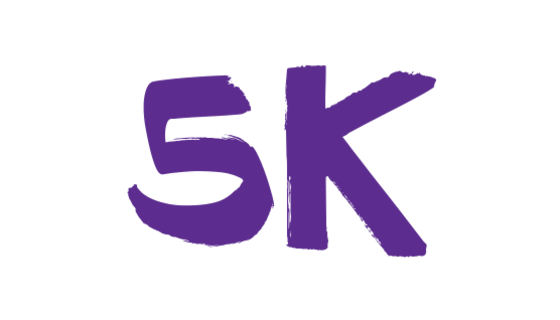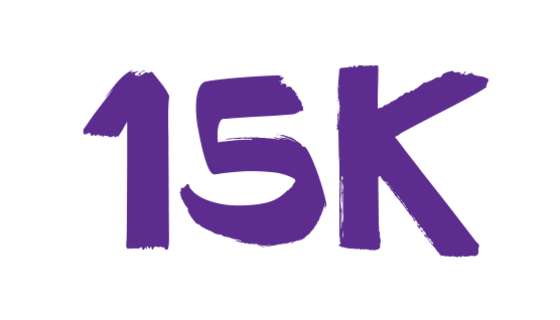
> Training tips
Beginning your training is half the battle.
If you know what you're doing, great! Get your trainers on and get out there. But if you're not sure where to start, we're here to help. Here are some training plans to help you cross that finish line:
Beginner training plan
Intermediate training plan
Advanced training plan
While training, it's also important to warm up, stay hydrated, stretch and refuel.
> Warm up - get your muscles ready to go
A gentle jog or walk is a great way to get moving and warmed up before you start your stretches. There are two types of stretches: static and dynamic. You need to focus on dynamic stretches, where you move through a range of motions to warm up your muscles. Focus on the muscles used for running. 'Hip circles', 'walking lunges' and 'butt kicks' are great dynamic stretches for runners. A static stretch is where you hold a stretch without moving and should only be done after a run.
> Stay hydrated - grab that water bottle
Water makes up most of our bodies, so it's important to stay hydrated. You should aim to drink at least two litres of water a day, especially when you add in some Resolution Run training. If the fluids lost when you sweat are not replaced then you could become dehydrated. This means your body has to work harder and your muscles will fatigue quicker.
It's important to stay hydrated while exercising by drinking little and often. Make sure you drink before and after exercise as well. Running outside on chilly mornings might make you feel like you've not really worked up a sweat, but it's still important to top up your hydration.
> Stretch - the hard part is over, so relax
Static stretching can help your muscles warm down after exercise. They can also help to improve flexibility, help stop injuries and relax your muscles. Any static stretch should be done slowly without bouncing. Take time to focus on any areas that are tight and make sure you stretch all the muscles used during running. Don't forget your hips and lower back.
> Refuel - eat and drink well
Eat well after you exercise. Not only will this make you feel good, it'll help prepare your body for your next run.
Try to maintain a healthy balanced diet, including the three main food groups: carbohydrates, protein and fats.
> Carbohydrates are the main energy source for your muscles and brain during exercise, so need to be replaced post-workout. Sweet potatoes, brown rice and lentils are all good sources of carbohydrates.
> Protein helps to repair, grow and develop muscles. Try to eat low fat protein foods such as chicken, salmon or kidney beans.
> Not all fats are bad, but make sure your diet is low in saturated fats. Saturated fats can cause high cholesterol which increases your change of having a stroke. Try to replace food high in saturated fats with oily fish, nuts or avocados.
Small changes to your diet can make a big difference to your overall, longer term health and help you to reduce your risk of stroke.
These tips are meant as a general guide to help you to get started and keep that resolution. If you feel any pain when doing exercise, stop and seek medical advice.




